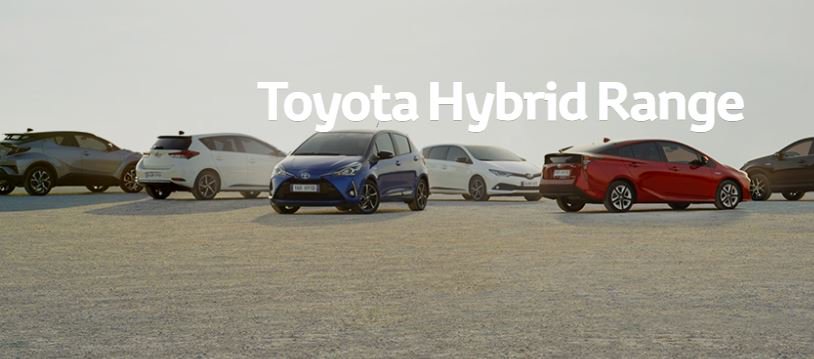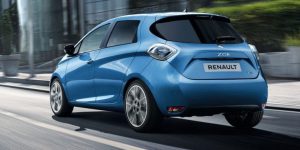A real-world range test has shown what distance a driver should expect to cover from a fully-charged battery on some of the latest electric vehicles (EVs).
The most efficient new car in the test, conducted by What Car?, was the Tesla Model 3 RWD, which averaged 4.4 miles per kWh.
The least efficient, the Audi Q6 e-tron Launch Edition, managed only 3 miles per kWh.
As a result, if you charged exclusively at home and paid 22.4p per kWh (the current electricity price cap), you’d spend roughly £508 on electricity every 10,000 miles in the Model 3, versus £745 in the Q6 e-tron.
Alternatively, if you did all your charging at a typical public rapid charger, where you could expect to pay 79p per kWh, those bills would rise to £1,795 for the Model 3 and £2,633 for the Q6 e-tron.
This means you could potentially be spending an extra £838 by choosing one EV over another.
“Only a few years ago, when electricity was cheap and any electric car cost far less to run than an equivalent petrol or diesel model, efficiency didn’t seem to matter that much,” said Steve Huntingford, editor of What Car?
“However, with energy prices high and due to rise further, it’s now an important consideration.”
The test also highlighted how battery technology is improving, with the recently revised Polestar 2 Long Range Single Motor not only going farther than any other electric car on the day, but farther than any electric car What Car? has previously range-tested.
Read more: FleetNews






